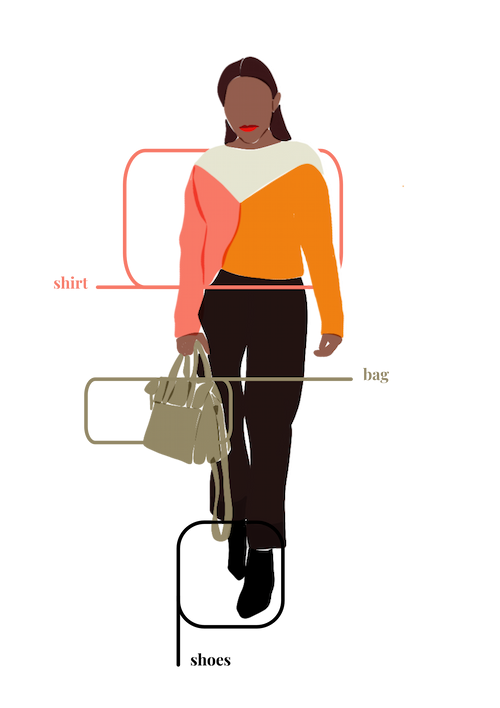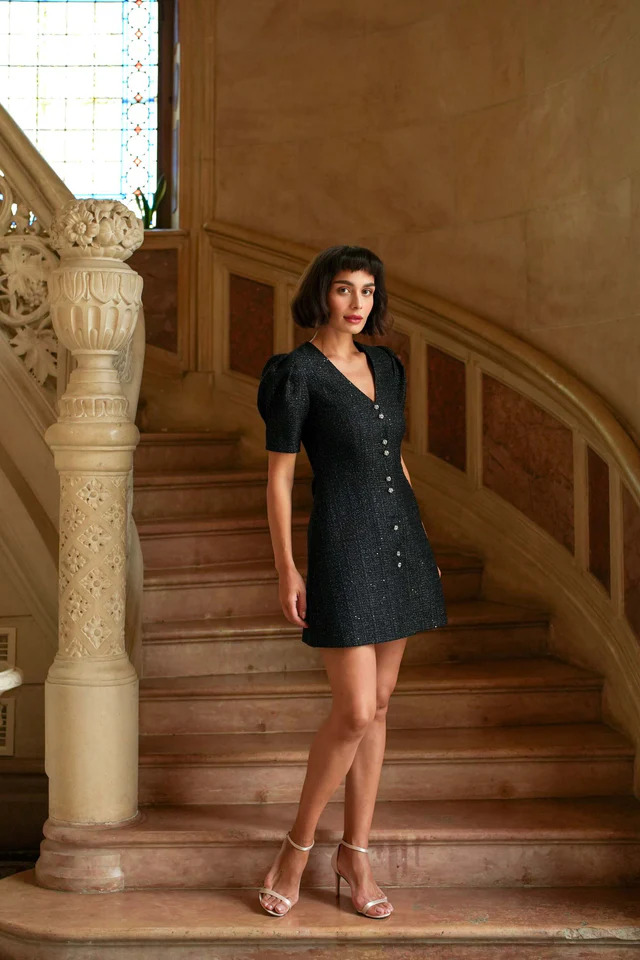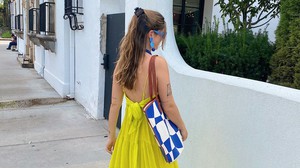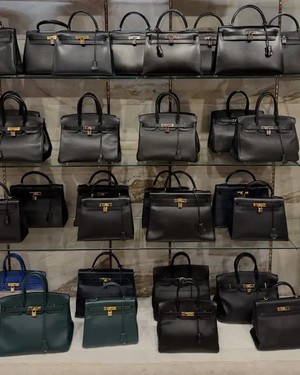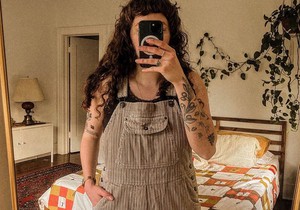- Clothes
- Bags
- Accessories
-
Inspiration
- Shoes
Is Deadstock Fabric Sustainable or Is It Greenwashing?
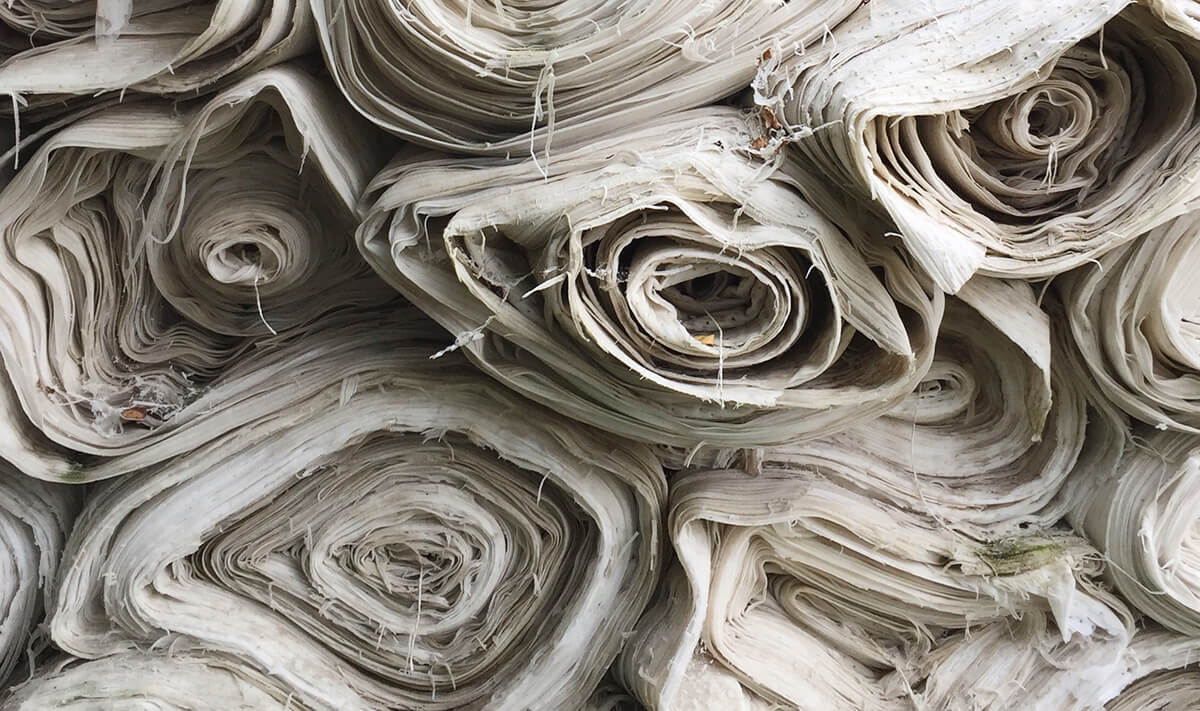
Over the past few years, deadstock fabric has found its way into Instagram hashtags, proud captions and product descriptions on fashion websites.
Many companies are saying (more or less explicitly) that, because they use deadstock fabric, their collections are automatically sustainable, but is this true or is it greenwashing?
What is deadstock fabric?
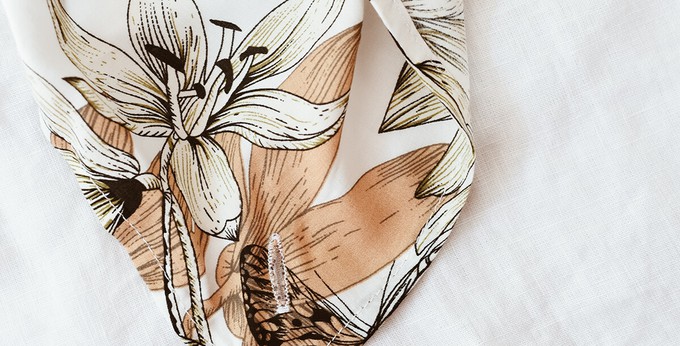
Deadstock fabric consists of surplus materials from textile mills' productions and garment factories. It can exist for various reasons: maybe they ordered too much, they accidentally dyed it the wrong colour or maybe there were a few small imperfections.
Either way, it’s now leftover fabric without any plans for present or future use.
The pros of clothing made from deadstock fabric
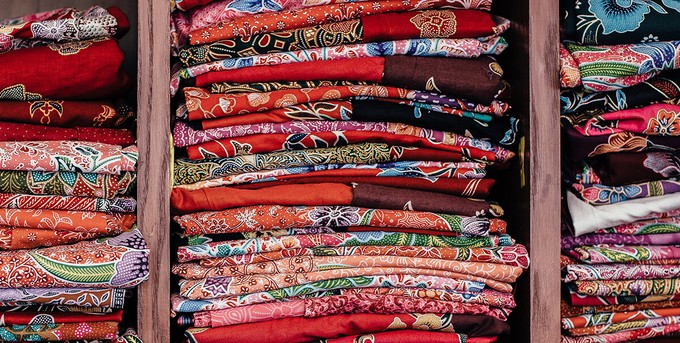
- Reduced waste. As any company will let you know when they use deadstock fabric, they’re preventing those materials from ending up in landfills. When you think that some luxury brands burn or destroy their textiles to make sure that nobody can use them or copy them, you see why it’s important to save as much as we can!
- Lower carbon footprint. Using leftover fabrics also means that these companies aren’t producing more textiles for that specific collection. From dyeing to knitting and printing these fabrics, a lot of energy is used for new productions, and deadstock fabric can save it;
- Limited availability and uniqueness. Deadstock fabric can be great news for sustainable startups and SMEs that focus on small collections. Thanks to the very nature of deadstock fabric, there are no minimum order quantities involved and these products will truly be one of a kind;
- Handy for smaller garments and accessories. The most sustainable companies will find ways to repurpose even the smallest scraps of leftover fabric by using it to create accessories. An example? All the brands that used deadstock fabric to make face masks during the coronavirus pandemic!
The cons of clothing made from deadstock fabric
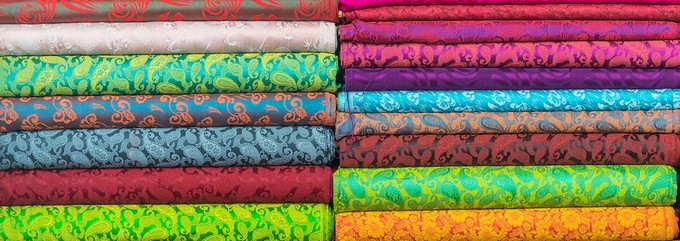
- Deliberate overproduction. Unfortunately, many mills and companies are being cheeky about it. Instead of using genuine leftovers, they intentionally over-produce fabrics so that they can resell them at a discounted price. Even worse, fabric jobbers will buy them from them only to resell them to fashion companies at a higher price tag, profiting from this greenwashed practice.
- Lack of transparency and traceability. Getting enough information about these fabrics isn’t always easy, even for the fashion companies that buy them.
- Shady production practices. Because of this lack of transparency, it might be that a company profiting from the ‘deadstock=sustainable’ misconception is actually using fabrics that were made following dodgy practices. For example, exploiting their garment workers or using dyes and materials that have a negative impact on the environment.
So, is deadstock fabric sustainable?
Whether or not deadstock fabric is sustainable isn’t a simple yes or no answer: it all depends on the practices and intentions of the companies involved.
If they’re overproducing fabrics just to resell them for a profit, it’s clearly not sustainable nor ethical. The same can be said of when they involve highly polluting materials or questionable practices to begin with.
However, while they aren’t automatically synonyms, deadstock fabric can be sustainable and ethical.
If a slow-fashion brand is buying genuine leftover materials to save them from landfills by using them to create small collections, that’s great news for the planet.
It gets even better if those fabrics were produced sustainably in the first place.
Some of our favourite brands relying on deadstock fabrics for some of their garments are GAÂLA and Masha Maria.
What we like about them is that they are transparent in where they source their materials from and their items are truly gorgeous.
GAÂLA even has an "end-of-roll" sustainable collection where they put every last bit of material to use.
Basically, it all depends on how transparent a company is: make sure you’re buying from trustworthy brands that are open about their suppliers and production practices.
Share our story
Related articles
From Micro-Trends to Long-Term Love for Your Clothes: 7 Steps
Worried slow fashion is limiting? I did too. Turns out, breaking free from micro-trends, finding your style, and wearing clothes mindfully is LIBERATING!
Redefining Luxury Fashion: Why Billionaire Brands Are Losing Their Allure
Luxury fashion is facing a major identity crisis. Scandals, unsustainable practices, and billionaire dominance have tainted its image. Discover how sustainable brands are redefining what luxury really means.
11 Ways to Reduce Your Clothing Waste (& Why It Matters)
Every second, the equivalent of a truck full of clothes gets incinerated or dumped in landfills. Here’s how we can reduce our clothing waste.
Project Cece is a platform that collects ethical fashion from vetted brands and shops in one place. Browse ethical fashion for women and men and find items that fit your style, budget and values!
